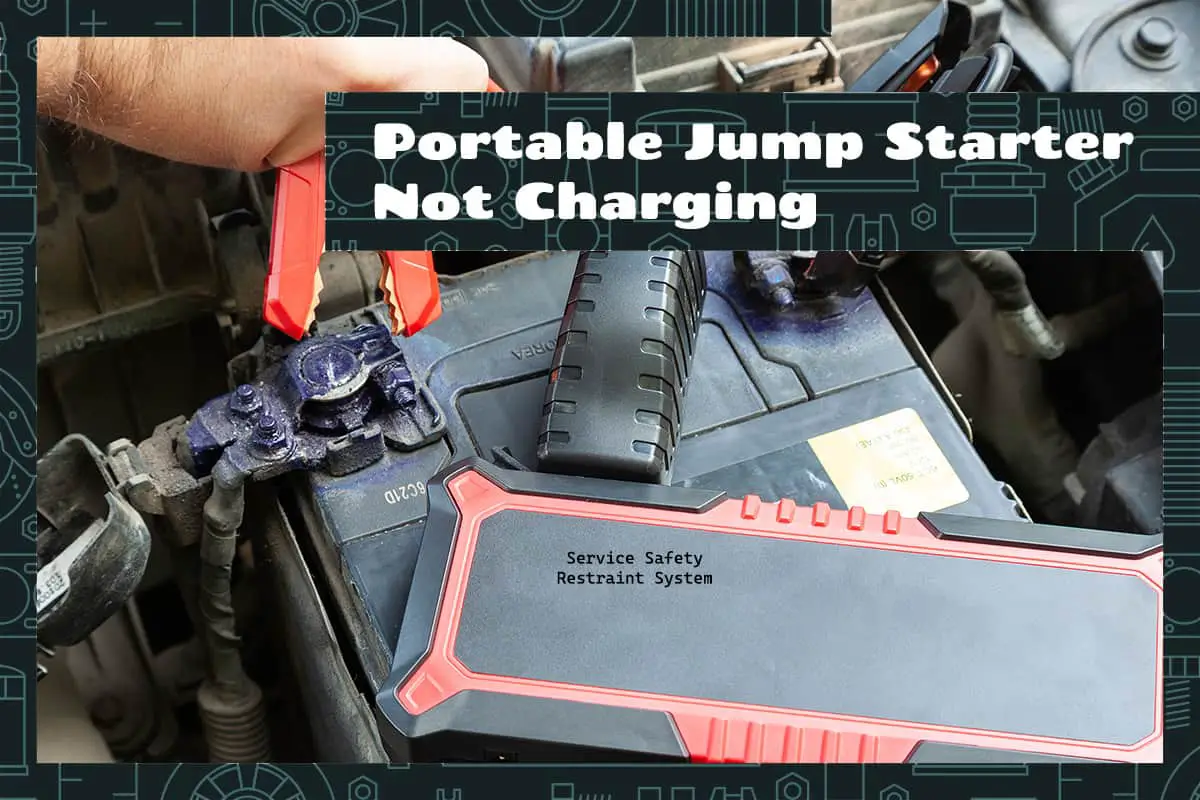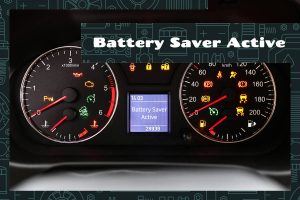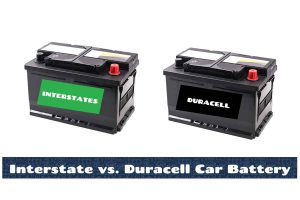A dead battery is worthy of panic, which is why every driver should have jumper cables or—even better!—a portable jump starter. This has been a savior for many in such a situation. As convenient as these devices are, they can sometimes face charging issues.
Common causes preventing a portable jump starter from recharging include:
- Depleted battery life
- Faulty battery cells
- Incompatible or faulty chargers
- Damaged charging cables
- Internal circuitry problems
- Environmental factors such as extreme temperatures or moisture exposure
- User errors like overlooking charging indicators
This guide will take you through these issues and provide solutions to get jumpstart your portable jump starter back to life!
The Basics of a Portable Jump Starter
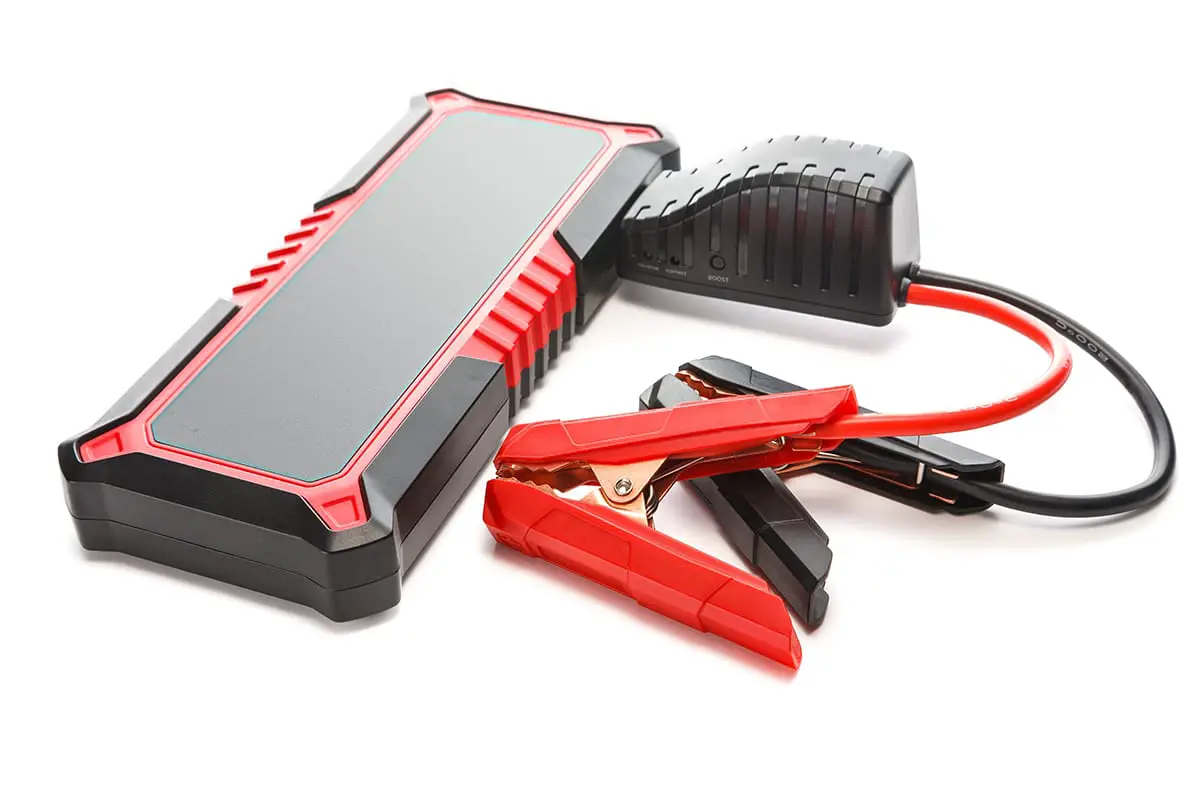
A portable jump starter is a device designed to give your car’s battery a quick power boost. It’s like an external backup battery for your vehicle. When your car’s battery is dead or weak, the jump starter provides the necessary jolt to get the engine running again.
Traditionally, if a car’s battery died, another vehicle was required to jumpstart it. However, with a portable jump starter, there’s no need for another vehicle. It’s especially handy for those times when you’re in a remote location or don’t have jumper cables.
Here’s a quick breakdown of a portable jump starter’s components:
- Battery Cells: These are the heart of the jump starter. They store and release the electrical energy needed to start a vehicle. The capacity of these cells determines how powerful the jump starter is and how many times it can jump-start a vehicle before needing a recharge.
- Jumper Clamps: Attached to the jump starter, these clamps connect to your car’s battery terminals. They transfer the power from the jump starter to the car’s battery. They are usually color-coded: red for positive and black for negative.
- Charging Port: This is where you plug in the jump starter to recharge its internal battery. Most modern jump starters come with a USB port, allowing them to charge other devices like phones or tablets.
- LED Indicators: These lights show the jump starter’s battery level. They help you know when the device is fully charged or when it needs recharging.
Common Reasons Why Your Jump Starter Isn’t Charging
A portable jump starter can be a lifesaver on the road, but what happens when this trusty tool itself doesn’t charge? Several factors can prevent your jump starter from charging as expected.
1. Battery Issues
Over time, all batteries wear out. The following are common battery-related issues:
- Depleted Battery Life: Just like your phone’s battery, the battery in your jump starter has a finite lifespan. After numerous charge and discharge cycles, it might not hold a charge as it once did.
- Faulty Battery Cells: One or more cells within the battery can become faulty. This affects the overall ability of the jump starter to charge or hold a charge.
2. Charger Malfunctions
The charger is as essential as the battery itself. If it isn’t functioning correctly, the battery won’t charge. Here are a couple of charger-related problems:
- Using an Incompatible Charger: Not all chargers are the same. Using one that’s not designed for your jump starter can result in incomplete or no charging at all.
- Faulty Charger Connectors: Over time, connectors can wear out, get dirty, or break. A faulty connection can prevent the charger from delivering power to the jump starter.
3. Internal Circuitry Problems
The internal workings of a jump starter ensure that power flows correctly. Any malfunction here can halt the charging process.
- Overheating Issues: Just like any electronic device, jump starters can overheat. Excessive heat can damage internal components and stop the charging process.
- Short Circuits: This is when an unintended path forms between two points in an electrical circuit. This can result from faulty wiring or damaged components, leading to charging issues.
4. Environmental Factors
Where and how you store your jump starter can affect its charging ability.
- Extreme Temperatures: Both scorching and freezing conditions can adversely impact battery performance. Batteries can lose their ability to charge if exposed to such temperatures for extended periods.
- Moisture Exposure: If moisture seeps into the jump starter, it can damage the internal circuitry, leading to charging issues.
5. User Errors
Sometimes, the problem isn’t with the device but how it’s being used.
- Ignoring Charging Indicators: Most jump starters come with LED indicators that show the battery level. Failing to heed these can result in trying to use the jump starter when it’s not fully charged.
- Overloading the Jump Starter: Each jump starter has a specific power capacity. Trying to jump-start a vehicle that requires more power than the jump starter can provide can strain the device and affect its charging capacity.
Solutions and Fixes for Non-Charging Jump Starters
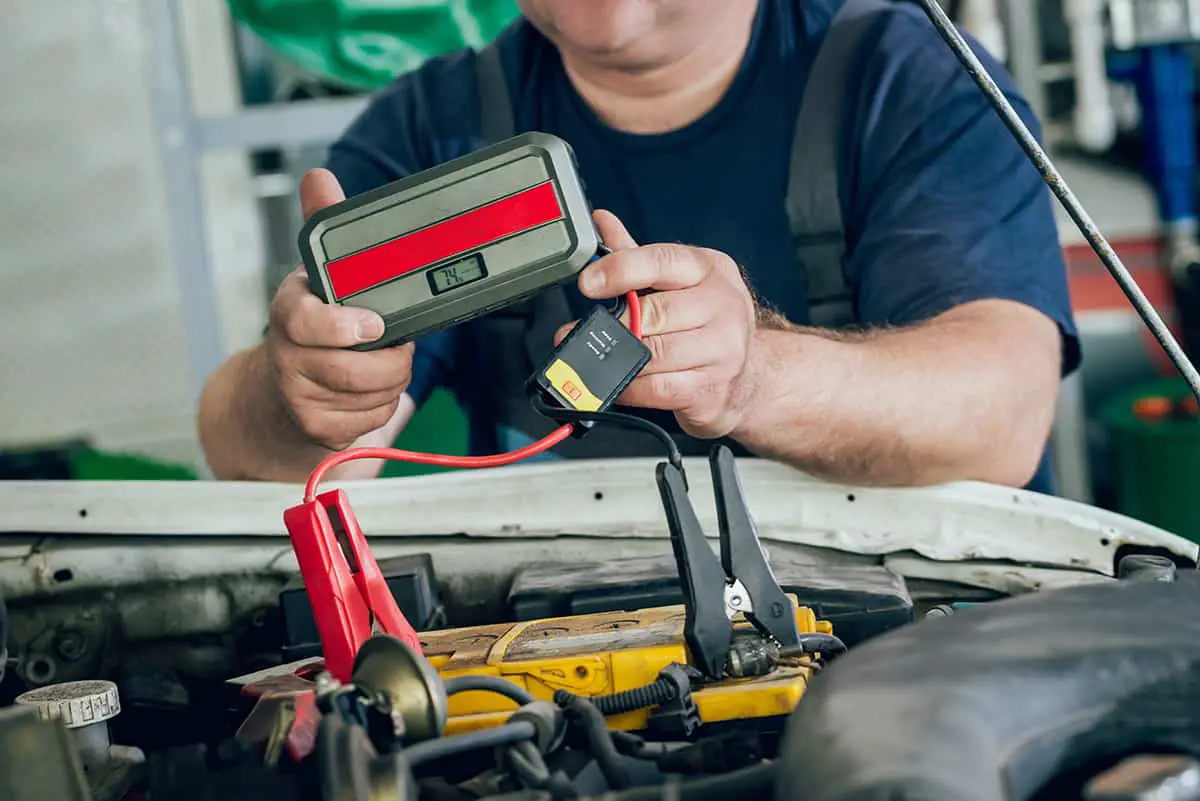
If your portable jump starter isn’t charging, it’s not the end of the road. There are a few things you can try to restore life back to your seemingly dead portable jump starter.
1. Battery Maintenance and Replacement
On average, jump starter batteries last for several years, depending on usage and care. If you’ve been using yours frequently for a few years and it’s no longer holding a charge, consider replacement. Check the user manual or the manufacturer’s website for guidelines on replacement. When buying a new battery, ensure it’s compatible with your device.
2. Charger Inspections and Replacements:
- Checking for Visible Charger Damages: Before plugging in your jump starter, inspect the charger for visible signs of wear and tear. Look for frayed cables, bent connectors, or any other physical damages. Such signs indicate that you might need a new charger.
- Choosing the Right Charger for Your Device: Always use the charger that came with your jump starter. If you’ve lost it or it’s damaged, make sure the replacement is of the same specifications.
3. Internal Repairs and Precautions:
- DIY Fixes vs. Professional Repairs: If you’re technically inclined, you might be tempted to open up your jump starter and look for issues. However, this isn’t always advisable. Some problems, especially related to circuitry, might need a professional’s touch.
- Preventing Overheating and Other Internal Issues: Always place your jump starter on a flat, hard surface when charging. This ensures proper ventilation and prevents overheating. If you notice your device getting unusually hot, unplug it immediately and let it cool down.
4. Environmental Care and Storage
- Recommended Storage Conditions: Aim for a location that’s dry and free from temperature extremes. This maximizes the life of the battery and internal components. If you’re storing it in your car, try to keep it out of direct sunlight.
- Protecting the Jump Starter from Environmental Damages: If your jump starter isn’t water-resistant, avoid using it in rainy or moist conditions. When not in use, keep it in its protective case or a dry place. This keeps dust and moisture at bay.
5. Adhere to Best User Practices
- Understanding Charging Indicators: Make it a habit to check the LED indicators on your jump starter. If they indicate low battery, charge the device before using it. If the lights don’t come on at all, it might be an indicator of a deeper issue.
- Avoid Overloading: Remember, your jump starter has limits. Always check that it’s suitable for the vehicle you’re trying to jump-start. Pushing it beyond its capacity can lead to reduced performance and charging issues.
Is It Time to Replace Your Portable Jump Starter?
Even though portable jump starter can be a literal life-saver, they have a lifespan. If you know when it’s time for a replacement, you’ll never get caught off guard.
Signs Your Jump Starter Needs Replacement
- Inconsistent Performance: If your jump starter used to give your car a quick boost but now struggles or requires multiple attempts, it might be on its last legs.
- Frequent Charging Required: A healthy jump starter retains its charge for a long time. If you find yourself needing to charge it more often than before, its battery might be degrading.
- Physical Wear and Tear: Visible damages, such as cracks, frayed cables, or broken connectors, indicate wear and suggest it might be time for a new device.
- Age: If you’ve had your jump starter for several years and use it frequently, its efficiency might naturally decrease over time.
- None of the Provided Solutions Work: We’ve offered 5 solutions you can try to bring your portable jump starter back to life. If none of them work at all, take it as a clearcut sign that the device has reached the end of the road.
How to Choose the Best Portable Jump Starter
When choosing a replacement portable jump starter, consider these factors:
- Compatibility with Your Vehicle: Check the jump starter’s power output. It should match or exceed your car’s requirements. For larger vehicles, you’ll need a more powerful jump starter.
- Battery Capacity: Measured in milliamp-hours (mAh), this indicates how much power the jump starter can hold. A higher capacity means more jumps before needing a recharge.
- Safety Features: Look for features like overcharge protection, short circuit protection, and reverse polarity alarms to prevent accidental damage.
- Portability: If you travel frequently, a compact, lightweight jump starter might be ideal. It should be easy to store in your car without taking up too much space.
- Additional Features: Some jump starters come with added features like LED flashlights, USB ports for charging other devices, or air compressors. While not essential, they can be handy in emergencies.
